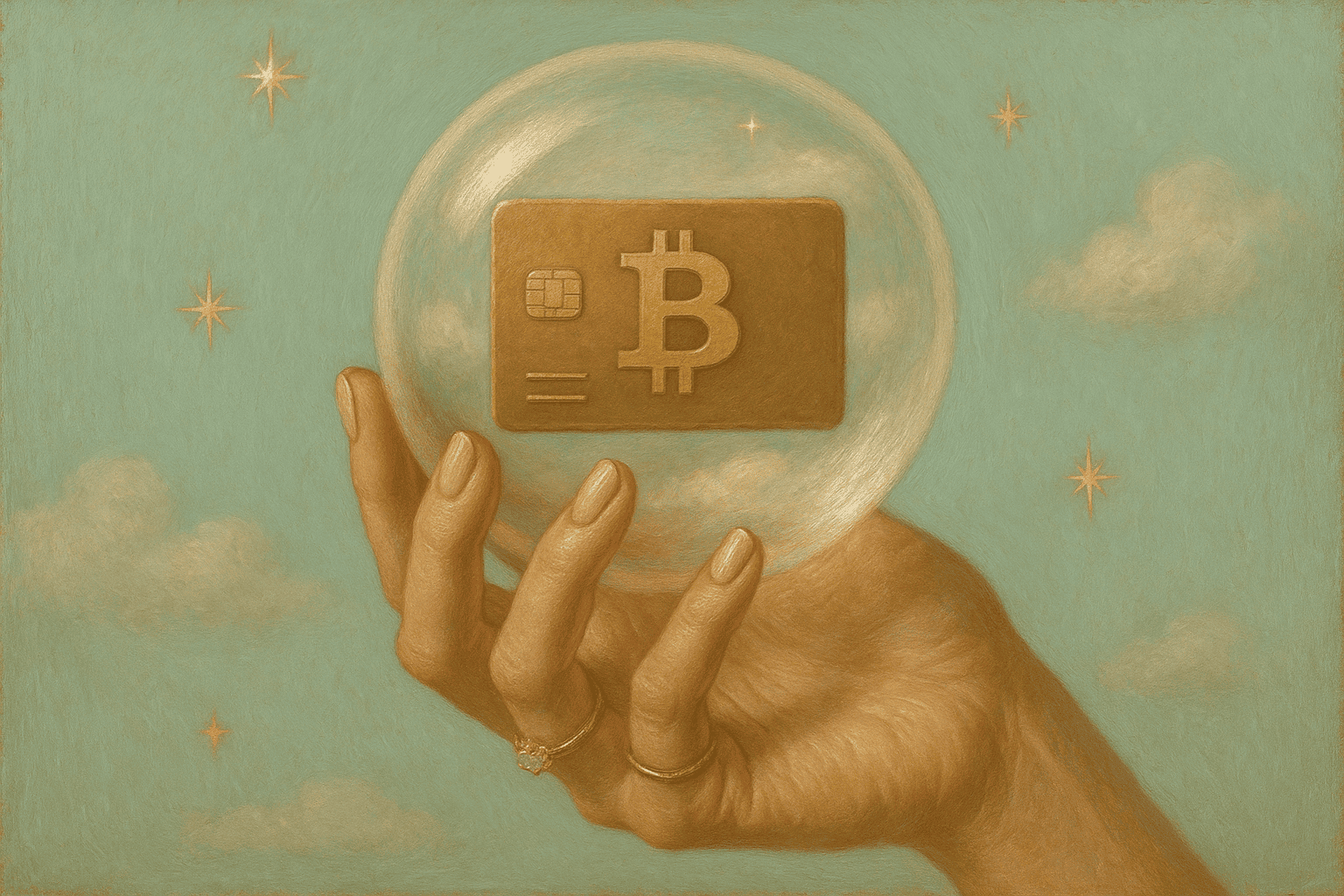Uniswap
Download app Ironwallet and get tool for making transaction without network fee
About Uniswap
Founded on the Ethereum blockchain, Uniswap emerges as a transformative decentralized cryptocurrency exchange (DEX). By leveraging the power of smart contracts, it automates the trading of ERC-20 tokens, bypassing the traditional requirement for middlemen such as brokers. Distinct from most exchanges, Uniswap employs an automated market maker model in place of the customary order book, which streamlines decentralized token swaps and sidesteps counterparty risk.
History of Uniswap
The inception of Uniswap in 2018 can be attributed to Hayden Adams, who found inspiration from an Ethereum-centric blog piece by Vitalik Buterin detailing an on-chain exchange model employing a constant product market maker formula. Supported by a grant from the Ethereum Foundation, the platform launched in late 2018.
The inaugural edition, labeled Uniswap v1, catered solely to ERC-20 to ERC-20 trades. Its successor, Uniswap v2, introduced in May 2020, expanded its repertoire to include ERC-20 to ETH trades, alongside features such as price oracles and flash swaps. The third iteration, Uniswap v3, rolled out in May 2021, optimizing capital utilization for liquidity contributors through features like concentrated liquidity and diversified fee structures.
How Uniswap Works
At its core, Uniswap eschews the traditional order book, opting for an automated market maker mechanism. Liquidity contributors deposit an equivalent value of ERC-20 tokens into smart contracts, establishing liquidity pools. As trades take place, these pools oversee the transactions and calculate prices, relying on the relative balance of tokens. Order matching between participants is rendered unnecessary as liquidity pools consistently maintain a 50:50 token ratio. Fluctuations in this ratio due to trades result in asset price adjustments, which subsequently balance out through arbitrage activities.
Uniswap as an Automated Market Maker
Uniswap’s design bestows multiple benefits upon its users:
- Direct wallet-based trading enhances security, eliminating intermediaries.
- Liquidity pools guarantee instantaneous trades without the wait for matching orders.
- The algorithmic price determination mechanism minimizes manipulation risks, aligning with external price oracles.
- The protocol’s open-source nature promotes uninhibited innovation, allowing the listing of new ERC20 tokens without external approvals.
Benefits of Using Uniswap
For cryptocurrency enthusiasts, Uniswap presents a suite of advantages:
- Continuous, seamless trading for a broad spectrum of token pairs without necessitating account setups.
- A competitive fee structure, where most is directed to liquidity providers.
- Robust liquidity for popular trading pairs, with Uniswap v3 further enhancing liquidity concentration.
- Transparency is upheld with algorithmic price determination, negating issues prevalent in other exchanges like artificial trading volumes.
- Access to lesser-known assets not available on primary centralized exchanges, broadening trading horizons.
UNI Token and Governance
UNI serves as Uniswap’s governance beacon. Launched in 2020, it decentralizes decision-making by bestowing voting rights on UNI holders for protocol alterations. Liquidity mining rewards contributors with UNI tokens based on their pool share, motivating liquidity provision. This decentralized governance framework empowers the Uniswap community to shape the platform’s direction.
Fees on Uniswap
Uniswap imposes a 0.30% transaction fee, allocating 0.25% to liquidity providers and the remaining 0.05% to the protocol treasury, which is earmarked for future advancements and grants. There are additional fees determined by individual pools when rebalancing funds, varying between 0.01% to 1%. Uniswap v3 has introduced multiple fee tiers, accommodating diverse trading profiles.
Uniswap v2 vs Uniswap v3
Uniswap v3 elevates the platform with concentrated liquidity and tiered fee structures. While Uniswap v2 presented a uniform liquidity pool, the third iteration allows providers to focus liquidity within selected price brackets. It also presents a tri-tiered fee structure, catering to varying trade requirements.
Investment Perspectives on Uniswap
Uniswap boasts impressive growth metrics in terms of trade volumes and revenues, profiting from a reinforcing cycle where increased adoption draws more liquidity, subsequently attracting more users. Nonetheless, it operates in a competitive space, facing contenders like SushiSwap. Regulatory landscapes also pose potential challenges. While Uniswap presents a potentially rewarding opportunity for those venturing into DeFi, diversifying investments remains a cornerstone of astute financial management.





















